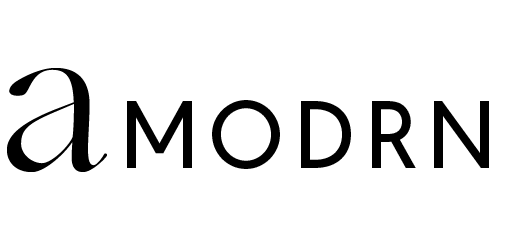.We are truly spoilt by choice when it comes to food products but too much choice can lead to confusion and frustration at the supermarket shelf. After all, it’s not uncommon to get caught up in marketing hype. Or the health claims made by brands as a way to lure us in! The end to a very interesting question we might add. Thankfully, knowledge is power and when we understand the meaning behind the information on a nutrition label, it can allow us to confidently shop and make the right choices for our health.
To help empower you to be able to decipher a nutrition label, we interviewed superstar nutritionist Zoe Bingley-Pullin for the 5 most important things to look out for. Zoe Bingley-Pullin is a nutritionist, internationally trained chef, founder of nutritional consultancy Nutritional Edge and an established media personality across television, print, radio and digital. Bringing her wealth of food knowledge, Zoe is our go-to guide on all things nutrition.
Keep reading for what to watch out for on a nutrition label!

What To Watch Out For On A Nutrition Label
Ingredients List
As the saying goes, we are what we eat. So it’s important to know exactly what ingredients are in the products we are eating! This is the simplest way to identify added fats, sugars, preservatives, colors and flavors. Then make an informed choice whether the product is what you are after. Too often do we hone in on the energy, carbs, fat and sugar content. We ignore what is actually in the product!
Similarly, the ingredients must appear in descending order (by weight). The order of ingredients is important. For example, if you are buying a savory spice mix and the first ingredient is sugar and the actual spices fall after caking agent, flour and salt, it may not be the best choice! Ideally, the first ingredient should actually resemble the product you are buying and in this instance, spices!
Sugar Content
The sugar content falls under carbohydrates on the nutrition panel. To be marketed low sugar, it must have not more than 2.5g sugar per 100mL for liquid foods. Or 5g per 100g for solid foods. When looking at sugar content, it can also pay to check the ingredient list. Some foods have naturally occurring sugars such as natural yogurt. This contains lactose but may not have any added sugar. This can help you tell the difference between foods with naturally occurring sugars and added sugars. That’s what you have to watch out for on a nutrition label.

Unhealthy Fats
The fat column provides total fat and saturated fat and if applicable any other type of fat such as trans fats, monounsaturated and polyunsaturated fats. The most common type of fat you will see under total fat is saturated fat. This is a type of fat we want to limit in our diet. A product is considered low in saturated fats when it contains no more than 0.75g/100mL for liquid food and 1.5g/100g for solid food.
Similarly, trans fats are the type of fat to mostly be on the lookout for. However, manufacturers are not required to declare trans fats on labels unless they are making a specific health claim related to fats or cholesterol. If not specifically listed, another way to identify trans fats is to look at the ingredient list.
Sodium (Salt)
Sodium is commonly added to foods as a flavor enhancer. It can surprisingly show up in foods, which you least suspect. If our diet is made up of a lot of packaged foods, our sodium intake can easily exceed the recommended daily intake. Too much sodium is linked to hypertension and increased risk of heart disease and stroke. It can pay to be mindful of the salt content of the food you are consuming. As a guide, try to limit foods with more than 400mg sodium per 100g.
Fiber
Adequate fiber is an important part of a healthy diet and we all need to be mindful of our fiber intake. If relying on a lot of packaged foods, it can actually be hard to meet our recommended daily fiber intake of 25g per day for adult women and 30g per day for adult men. Having a quick browse of the fiber content on the nutrition panel can help make sure you are choosing products with a good amount of fiber. For a product to be labeled with a ‘good source of fiber’ it must contain at least 4g fiber per serving. To be excellent, at least 7g fiber per serving.

While you’re here, keep reading for Zoe’s key ingredients to add to your breakfast to stop sugar cravings.




